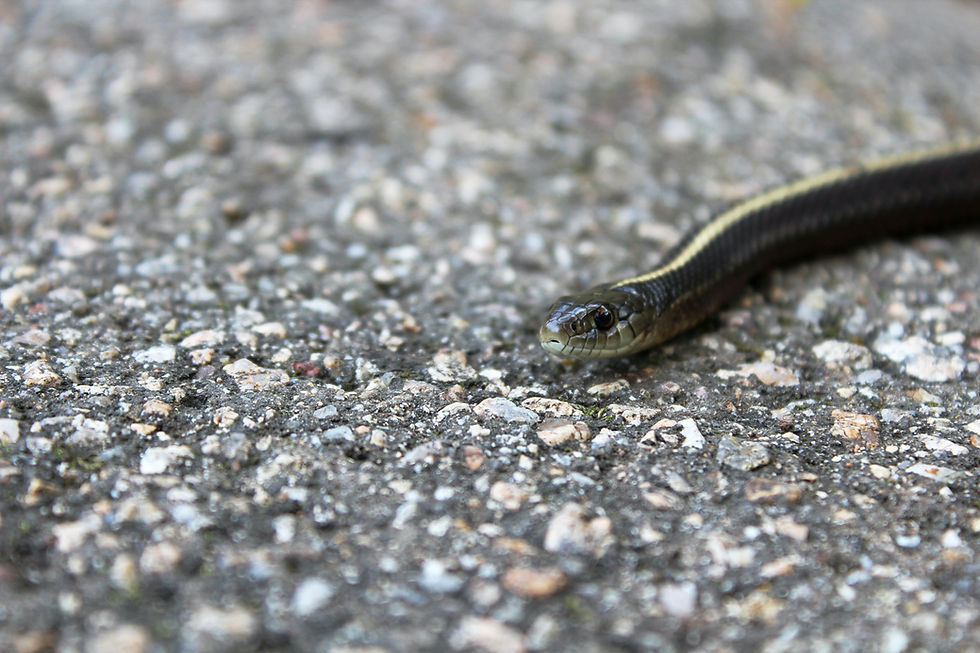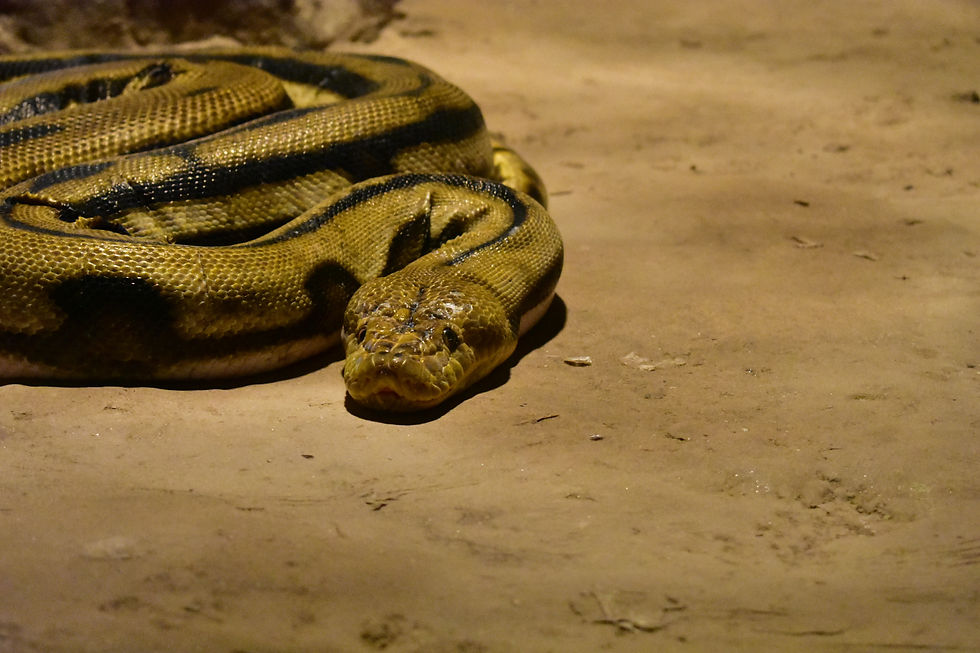Viviparity is a type of reproduction in which the young are born alive, rather than hatching from eggs. This is the most common type of reproduction in mammals, but it is also found in some reptiles.
There are about 20% of all reptile species that are viviparous. These species include snakes, lizards, and skinks. Viviparity is more common in snakes than in other reptiles, and it is also more common in cold climates.
There are several advantages to viviparity. One advantage is that it allows the young to develop in a more protected environment. The mother's body provides warmth and nourishment to the young, which helps them to survive. Viviparity also allows the young to be born at a larger size, which gives them a better chance of survival.
There are also some disadvantages to viviparity. One disadvantage is that it requires more energy from the mother. The mother must provide food and nourishment for the young throughout their development. Viviparity also makes it more difficult for the mother to escape from predators.
Here are some of the most common viviparous reptiles:
Garter snakes are a group of snakes that are found in North America and Europe. They are viviparous, and the females give birth to live young in the spring.

Boa constrictors are large snakes that are found in South America. They are also viviparous, and the females give birth to live young that are about 2 feet long.

Green anacondas are the largest snakes in the world. They are found in South America and are also viviparous. The females give birth to live young that are about 3 feet long.

Blue-tongued skinks are lizards that are found in Australia and New Guinea. They are viviparous, and the females give birth to live young that are about 4 inches long.

Viviparity is a fascinating adaptation that allows some reptiles to reproduce successfully in cold climates or in other challenging environments. By giving birth to live young, these reptiles are able to ensure the survival of their offspring.
I hope this blog post has given you a better understanding of viviparous reptiles. If you have any other questions, please feel free to ask.

Commentaires